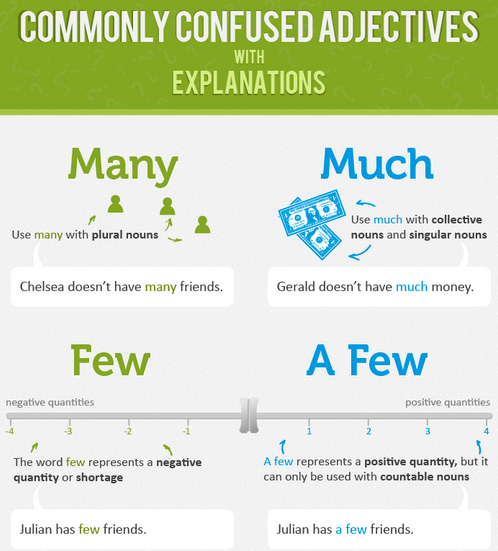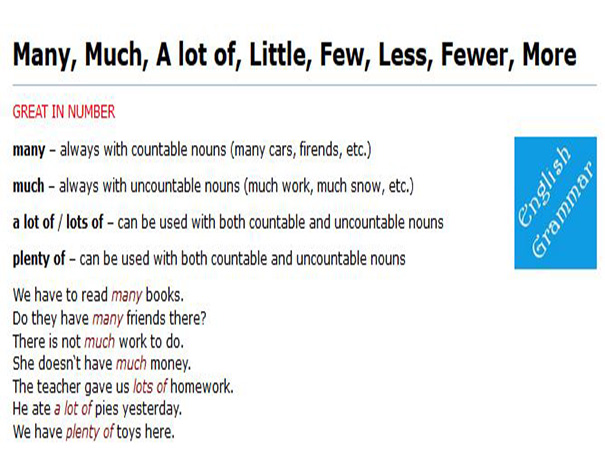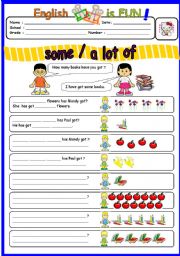

People with post-COVID conditions may experience health problems from different types and combinations of symptoms happening over different lengths of time. Post-COVID conditions may not affect everyone the same way. Sometimes the symptoms can even go away or come back again. People with post-COVID conditions can have a wide range of symptoms that can last more than four weeks or even months after infection. Your healthcare provider considers a diagnosis of post-COVID conditions based on your health history, including if you had a diagnosis of COVID-19 either by a positive test or by symptoms or exposure, as well as doing a health examination. This can make it difficult for healthcare providers to recognize post-COVID conditions. There is no test to diagnose post-COVID conditions, and people may have a wide variety of symptoms that could come from other health problems. Most people with post-COVID conditions experienced symptoms days after first learning they had COVID-19, but some people who later experienced post-COVID conditions did not know when they got infected. Anyone who was infected can experience post-COVID conditions. Most people with COVID-19 get better within a few days to a few weeks after infection, so at least four weeks after infection is the start of when post-COVID conditions could first be identified.

Post-COVID conditions are a wide range of new, returning, or ongoing health problems that people experience after being infected with the virus that causes COVID-19. CDC and partners are working to understand more about who experiences post-COVID conditions and why, including whether groups disproportionately impacted by COVID-19 are at higher risk.Ībout Long COVID or Post-COVID Conditions.While most people with post-COVID conditions have evidence of infection or COVID-19 illness, in some cases, a person with post-COVID conditions may not have tested positive for the virus or known they were infected.People who are not vaccinated against COVID-19 and become infected might also be at higher risk of developing post-COVID conditions compared to people who were vaccinated and had breakthrough infections.Post-COVID conditions are found more often in people who had severe COVID-19 illness, but anyone who has been infected with the virus that causes COVID-19 can experience post-COVID conditions, even people who had mild illness or no symptoms from COVID-19.Post-COVID conditions can include a wide range of ongoing health problems these conditions can last weeks, months, or longer.A few puts a little more attention on the positive-that there is a small number (of people or things). The difference in meaning is subtle, but usually few puts a little more attention on the negative-that there is not a large number (of people or things). Most of his books are boring, but there are a few that I like.

Ī few people arrived early.įew people arrived early.Ī few of the students forgot to bring their books to class.įew (if any) of the students forgot to bring their books to class.

Below are some examples showing how each is used. A few means "some (people or things)." It is used to say that there are a small number of people or things. Few means "not many (people or things)." It is used to say that there are not a lot of people or things.


 0 kommentar(er)
0 kommentar(er)
